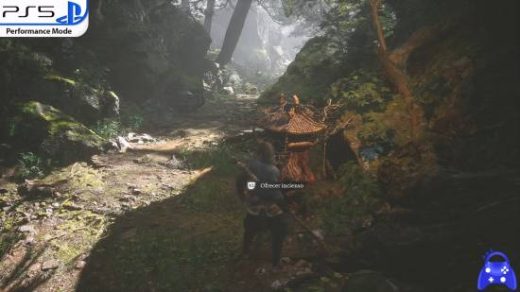Introduction: A Love Letter to Metroidvania Games
The developers of Awakening Blade are undoubtedly fans of Metroidvania games.

From its clever integration of classic Metroidvania elements to its hardcore mechanics, which may alienate newcomers but delight veterans, every detail of the game reflects a deep love for this genre.
As a part of Sony’s China Hero Project Phase 3, Awakening Blade naturally invites comparisons to other project titles like F.I.S.T.: Forged In Shadow Torch. While the latter achieved notable commercial success, can Awakening Blade carve out its own niche?
A Sci-Fi Story Full of Potential but Underdeveloped
The story follows Tanya, a cybernetic girl sent by her father figure, Dr. Herr, to the Horace Archipelago’s jungles to search for a missing expedition team. Along the way, Tanya encounters creatures mutated by Kapas energy and uncovers the ruins of an ancient civilization, Yachach City, and the source of Kapas energy—the Royal Altar. Her journey delves into the mysteries of Kapas energy and her identity.

However, the storytelling feels immature at times. Dialogues lack fluency, making it hard to immerse oneself in the characters and their relationships. While the Chinese voice acting is decent, the English voice work leaves much to be desired.
Despite budget limitations, the independent team strives to tell a compelling story. Tanya’s character design is striking, although it feels slightly artificial. Additionally, the supporting cast lacks depth, and the animations, constrained by budget, are basic, though they shine in key moments.

Fortunately, the game allows players to skip cutscenes with a long press, recognizing that Metroidvania fans often prioritize gameplay over story. While multiple endings are available, the weak narrative didn’t motivate me to explore them. Surprisingly, the original soundtrack is a standout, effectively creating an ominous yet grand atmosphere.
If Awakening Blade manages to hold your attention, it’s likely due to its fast-paced combat and action system rather than its storyline.
Minimalistic Yet Satisfying Combat System
The combat system in Awakening Blade is straightforward and exhilarating. Tanya starts with two ground combos and one aerial combo. While the variety is limited, the simplicity is by design. As the game progresses, new weapons with unique mechanics are introduced, such as a scythe that excels at crowd control, adding a satisfying sense of power.

The game features three attack stages, during which players can intersperse skills to deal massive damage. Skills are integrated into combos rather than being standalone moves, adding depth to the mechanics. Proper timing of dodges and parries is key, separating novices from experts. Successful parries trigger a slow-motion effect, adding a stylish flair.
While the simplified combo system benefits players, the repetitive enemy designs are less praiseworthy. The overuse of identical enemy types and predictable AI diminishes the excitement of encounters.
On the brighter side, boss battles are highlights. Although their move sets are limited, their patterns require careful observation and strategy, offering a more engaging experience.

The in-game currency, Aether, can be collected across the map and by defeating enemies. Aether is used to unlock skills on the skill tree, ranging from passive buffs to active abilities. Choosing which skills to activate becomes critical, as resources are limited. Skill customization allows players to tailor their combat strategies, making flawless boss fights achievable with the right setup.
While the combat system doesn’t break new ground, it effectively maintains the genre’s core enjoyment. Players gradually master techniques, experiencing a satisfying progression. On PS5, the game runs smoothly with no performance issues, though load times are longer than expected for a smaller-scale game.
Streamlined Exploration: A Double-Edged Sword
When it comes to exploration, Awakening Blade opts for simplicity over ingenuity. The map adheres to the Metroidvania style but is highly linear, leaving little room for creative problem-solving. Aether arrows often indicate the path forward, removing much of the challenge.
Obstacles feel like token roadblocks, with solutions typically handed to players. This design choice strips the game of the sense of discovery that defines the genre, turning exploration into mere backtracking.
Optional puzzles, while not groundbreaking, offer a modicum of challenge and satisfaction compared to the main path.

The developers have stated that this approach aims to save players time on exploration. Whether this appeals to you depends on personal preference.
A Worthy Choice for Metroidvania Fans
For fans of action-oriented Metroidvania games, Awakening Blade is a decent choice, especially in a market that sees relatively few releases in this genre. Despite its flaws, the game has a certain charm and delivers solid entertainment value.
For newcomers or players less skilled at action games, the inclusion of the Beginner’s Soul mode is a welcome feature. This mode reduces difficulty and provides benefits like increased health and damage reduction after repeated deaths. Admittedly, I relied on this feature to get through some tougher sections.
In conclusion, Awakening Blade may not revolutionize the Metroidvania genre, but it offers a fast-paced, visually striking experience for those seeking their next adventure.




